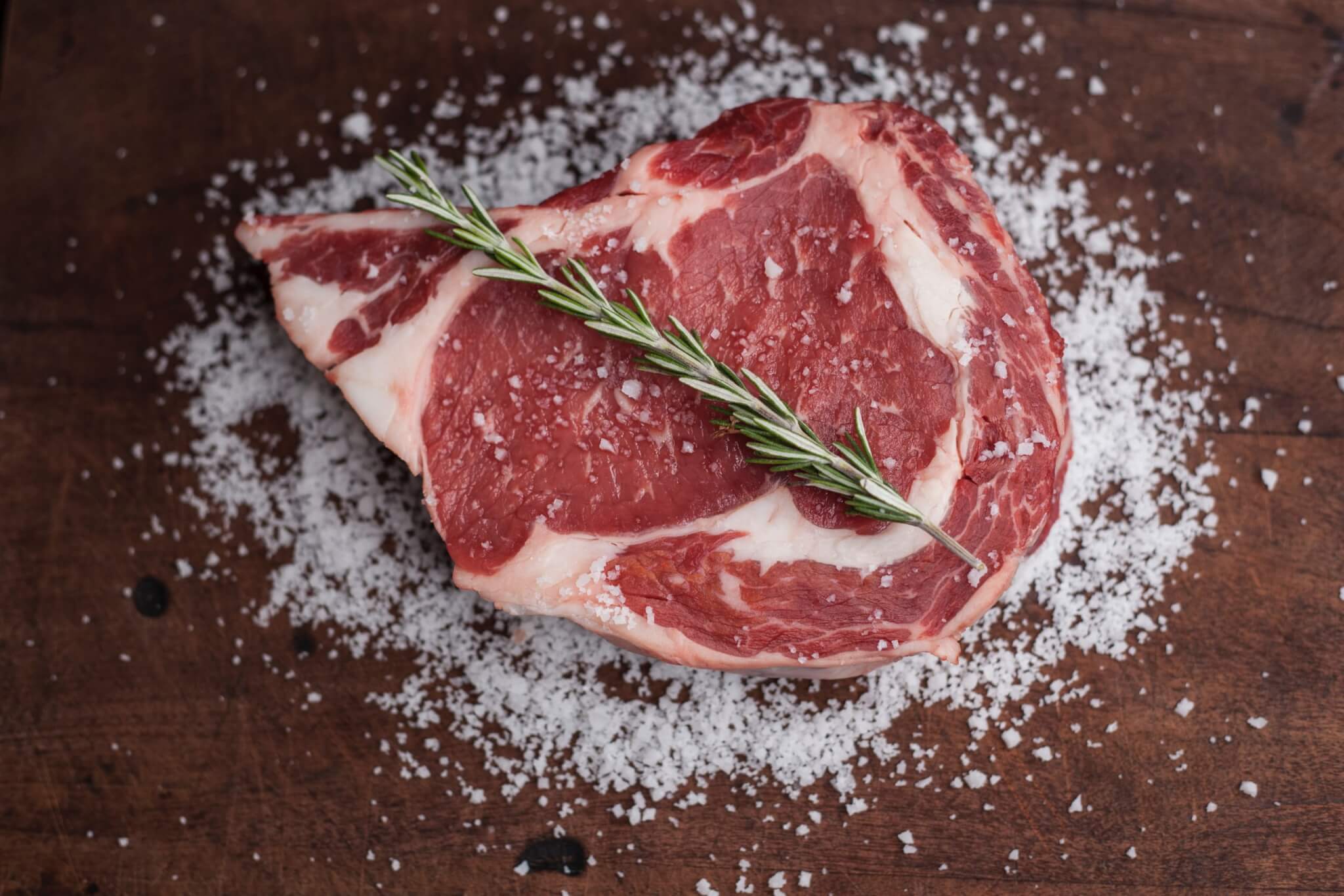HAMILTON, Ontario – Usually, when you go to a steakhouse, the waiter asks how you would like your meat to be cooked. Researchers at McMaster University say they will soon be able to ask how you would like your steak to be “thinned”. The team developed a new form of meat grown in the laboratory that, according to them, has a more natural flavor and texture than other alternative meats.
Not only does his creation give more of that “real meat” experience, the study found that this new approach also allows the eater to have the exact amount of fat and marbling content he wants in that specific “meat” cut.

McMaster University)
“We are creating pieces of meat,” said researcher Ravi Selvaganapathy in a press release. “Consumers will be able to buy meat with the percentage of fat they want – just like they do with milk.”
How exactly does meat grown in the laboratory work?
Selvaganapathy and Alireza Shahin-Shamsabadi, both from the McMaster School of Biomedical Engineering, developed a way to create laboratory-grown meat by stacking thin sheets of cultured muscle and fat cells together. This technique is a new approach to the method that scientists use to grow tissue for human transplants.
These sheets of living cells are almost as thin as a sheet of printer paper. They are first grown in a laboratory culture and then concentrated on growth plates. From there, the researchers take them off and stack them all together. Selvaganapatia states that these layers naturally bind before the cells begin to die.
The team says the adjustment process also gives the meat substitute an advantage over other products.
‘Sense and tasted like meat’
The researchers tested their meat-making process using mouse cells. Although they didn’t actually cook and taste any “rat meat”, the team ended up cooking and trying a sample of meat from rabbit cells.
“It looked and tasted like meat,” reports Selvaganapathy.
The study authors say there is no reason to doubt that their process will not work with growing beef, pork or chicken in the future. The team adds that their stacking model would also work in a large-scale production environment.
Viable alternative to prevent scarcity
Selvaganapathy and Shahin-Shamsabadi say the global meat supply crisis has inspired them to seek alternative sources of food. The pair notes that the current demand for meat overloads terrestrial and water resources and also contributes to greenhouse gases.
“Meat production is now not sustainable,” says Selvaganapathy. “There has to be an alternative way of raising meat.”
The McMaster team has already formed a start-up to be able to commercialize the meat-making process. They argue that their new product has the best chance of acceptance among meat consumers; since they promise to order meat and fat.
The study appears in the journal Cells, Organ Tissues.
